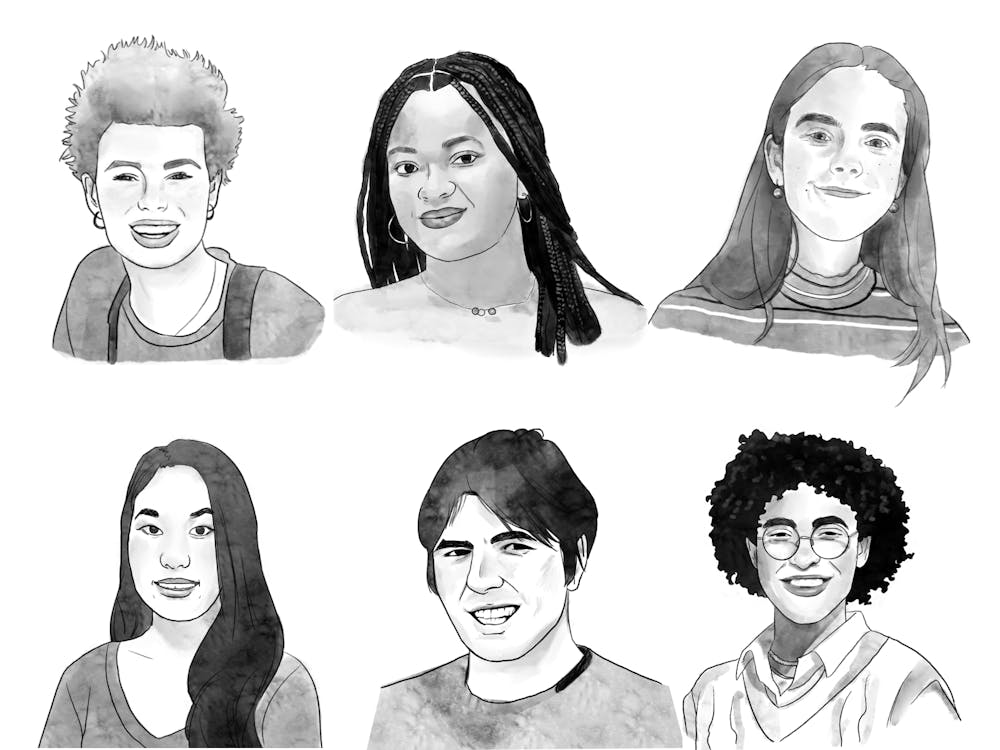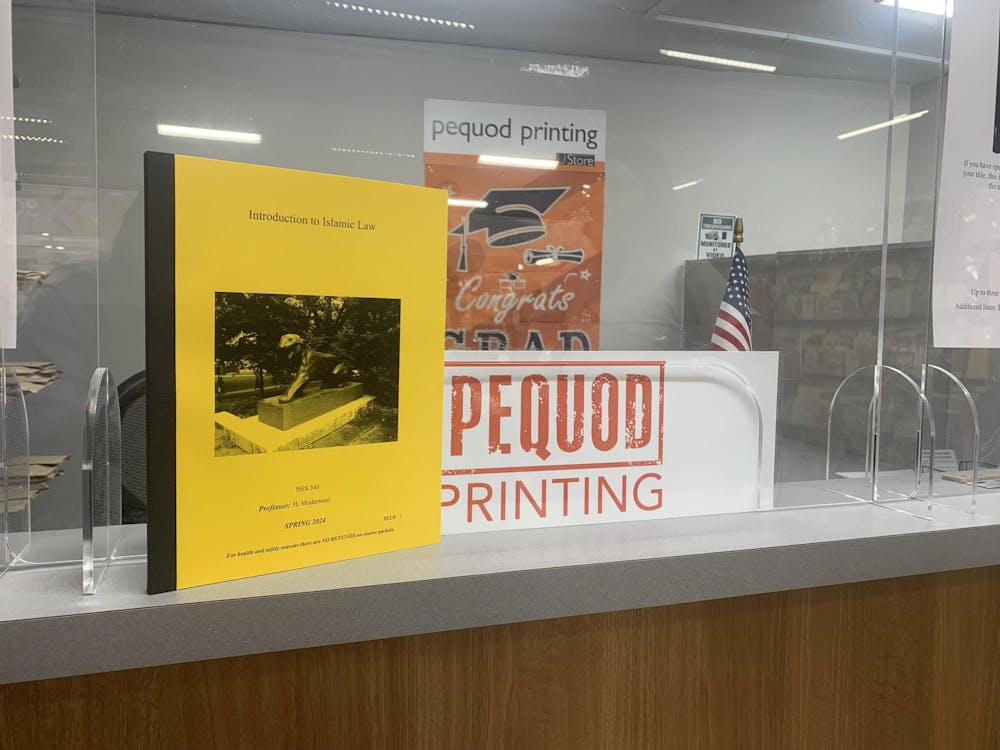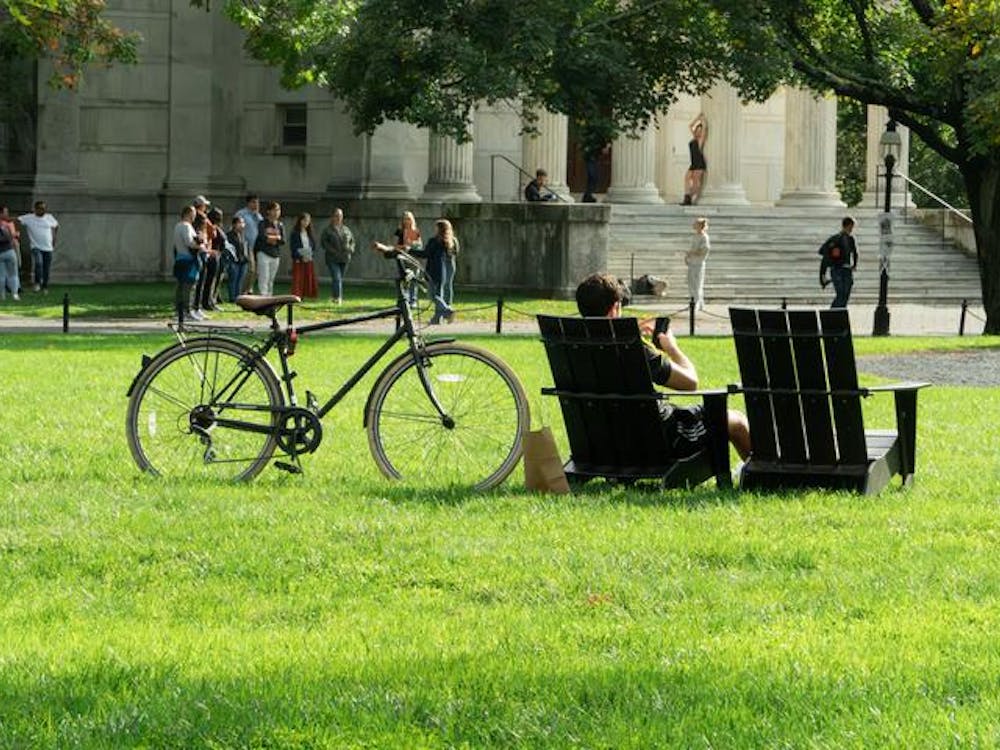A Sept. 23 report from the Princeton University Office of Communications states that a review by the Office of Civil Rights “has been concluded with a determination that the University did not discriminate against Asian applicants on the basis of race or national origin.”
This is almost, but not precisely, what the OCR found. Instead, the OCR reportsaysthat the evidence for a Title VI violation by the University is “insufficient” and that the practices of the admissions committee were found to comply with Gratz v. Bollinger and Grutter v. Bollinger, two Supreme Court rulings on the subject from 2003.
But the University readily admits that it uses race as a factor for admission, and the OCR report did not find otherwise. It found that the discrimination was legal.
And it is. The Supreme Court ruled in Grutter v. Bollinger that racial bias in admissions is, in fact, just fine. In a 5-4 decision, the majority wrote that the University of Michigan Law School had a “compelling interest” to promote diversity and grant affirmative action. A dissent led by Chief Justice William Rehnquist argued that the policy was just a veiled quota system, which would make it unconstitutional.
The stated reason for race-sensitive admissions is diversity, and that is well and good. But when one race gets a boost in college admissions, another race must suffer a relative loss. In recent practice, the race suffering a loss has not been whites, but Asians. In his December 2013 New York times op-ed “Statistics Indicate an Ivy League Asian Quota,” Harvard University graduate Ron Unz presents a convincing, data-supported case that this race-based quota exists at all Ivy League schools.
Fortunately, the quota is weaker at our University, if it remains at all. The OCR reportnotes that 25.4 percent of admits for the Class of 2014 were of Asian descent, a trend “inconsistent with the existence of a quota.” This is something to be celebrated. At peer institutions like Dartmouth College, the percent of Asian American students plateaued at 15 percent and has remained there for their Class of 2018.
At the California Institute of Technology, a college with strictly race-neutral admissions, 44 percent of the student body is Asian.
I could write a page-long column on my own opinion of race-sensitive admissions, and I have. In my Feb. 17 column “Princeton admissions and its racism,” I argue that the admissions process should be race-blind but that affirmative action should exist for low-income students, in order to continue providing help to the struggling communities who are the intended beneficiaries of the current policy. Thankfully, the University is beginning to do just that. The OCR found that “admissions staff worked with the University’s financial aid staff to identify applicants who would be eligible for Pell Grants” so that the admissions committee would understand “the challenges an applicant has had to overcome to achieve academic success.”
Overall, it is my opinion that the University’s admissions practices have improved greatly. But whether you support the current practices, whether you believe that admissions should be race-blind, or whether you believe there should be no affirmative action of any sort, it is important to recognize the forms of discrimination that exist.
For only when we recognize this discrimination can we discuss big, important questions about the role admissions should play, if any, in manipulating its demographics. What kind of diversity is desirable to have at a University? Should a student who adds diversity be accepted over a more qualified candidate who adds less diversity? If so, should the reason be fairness to a student who had fewer resources, or should this policy exist because diversity is good for everyone else? The University’s practices may be allowed by law, but are they moral?
These questions are not rhetorical. Rather, they are among the most important questions everyone associated with a college should discuss. In the 1920s, Harvard University rejected a measure to establish a quota on Jewish students, only to slash Jewish enrollment by 40 percent under the guise of holistic admissions. We must be mindful of our history and all the aspects of the present situation if we are to avoid repeating the sins of our past.

Newby Parton is a sophomore from McMinnville, Tenn. He can be reached at newby@princeton.edu.








